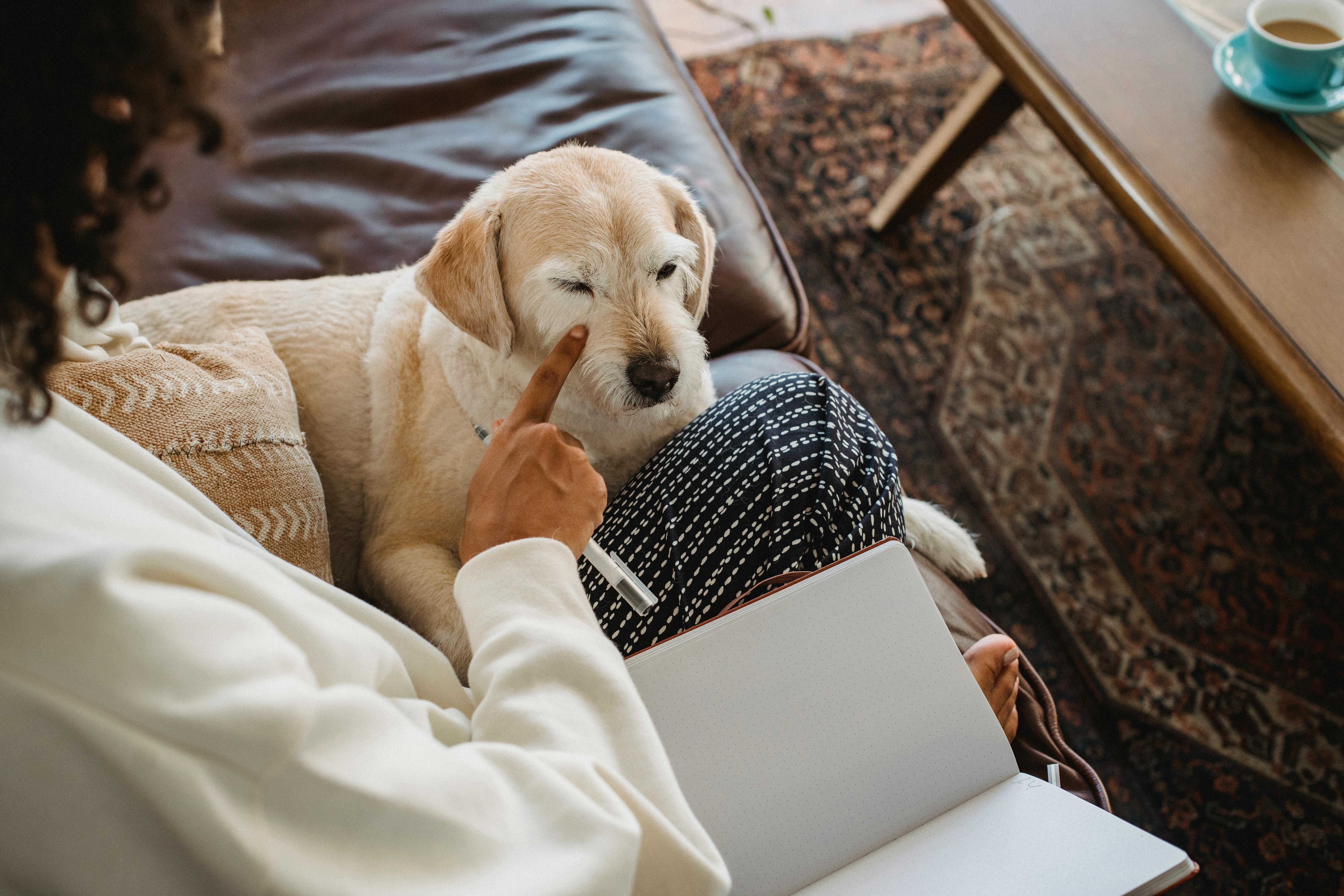One of the many things that make chinchillas very interesting is the variety of colors of the chinchillas. As a pet owner, you have the privilege of choosing from more than a dozen colors. If you have your own mate, you can even breed chinchillas, with full control of the color they will have. With the proper knowledge of raising and caring for chinchillas, you can have your own chinchillas with their colors exactly the way you want them.
The standard formula
Standard is the color referred to the original or natural color of the chinchillas. Standard chinchillas are generally difficult to find, as most types sold in stores have been interbred in one form or another. Most of the standard types are already mutated and are therefore produced by mutated parents.
To produce a standard color, reproduction is not the answer. There are still stores that sell standard chinchillas. This will require a fair amount of research on your part.
The ebony formula
Ebony chinchillas are characterized by shades of gray that range from light gray to solid black. There are two ways to produce them: heterozygous and homozygous. To have a heterozygous ebony chinchilla, one of the parents must have the ebony gene. The kits will have a gray shade of coat with a lighter color of its belly.
A homozygous ebony chinchilla can be produced by breeding two ebony chinchillas that are not mutated. Compared to the heterozygous type, the kit’s coat will sport the same shade of gray, including the belly.
The formula for charcoal
Ebony chinchillas are generally mistaken for the shade of charcoal. What makes the difference between ebony and charcoal shades is that the former has a matte texture, while the latter has a glossy shine texture. Charcoal chinchillas have a somewhat uneven texture and uneven color tone to their fur.
To produce a charcoal chinchilla, both parents must possess the charcoal gene. Heterozygous chinchillas are the result of one or two heterozygous coal chinchillas, while homozygous chinchillas come from a pair of homozygous coal chinchillas.
Charcoal chinchillas can also be combined with other colors to produce velvety black and charcoal brown chinchillas. Black velvet chinchillas have a full charcoal coat with a light white belly and shades of blue. Brown chinchillas, on the other hand, are a combination of brown and charcoal parents.
The beige formula
Another chinchilla color that can be bred both heterozygously and homozygously is beige. For a homozygous beige chinchilla, two beige parents are required that have not been mutated. It differs from a heterozygous beige in that it has bright eyes and pink ears. A heterozygous beige chinchilla also requires only one beige gene. This guy has red eyes and freckled ears. Both types of beige have a white belly with blue hues across the width.
If crossed with a black velvet chinchilla, a brown velvet type will be produced. Crossing with a purple chinchilla will result in a pearly variety.
There are many other unusual colors: sullivan, tan and pastel, bardic gold, blue diamond, white, to name a few. If you are about to start a hobby of raising chinchillas, it is best to start with basic chinchilla colors.
